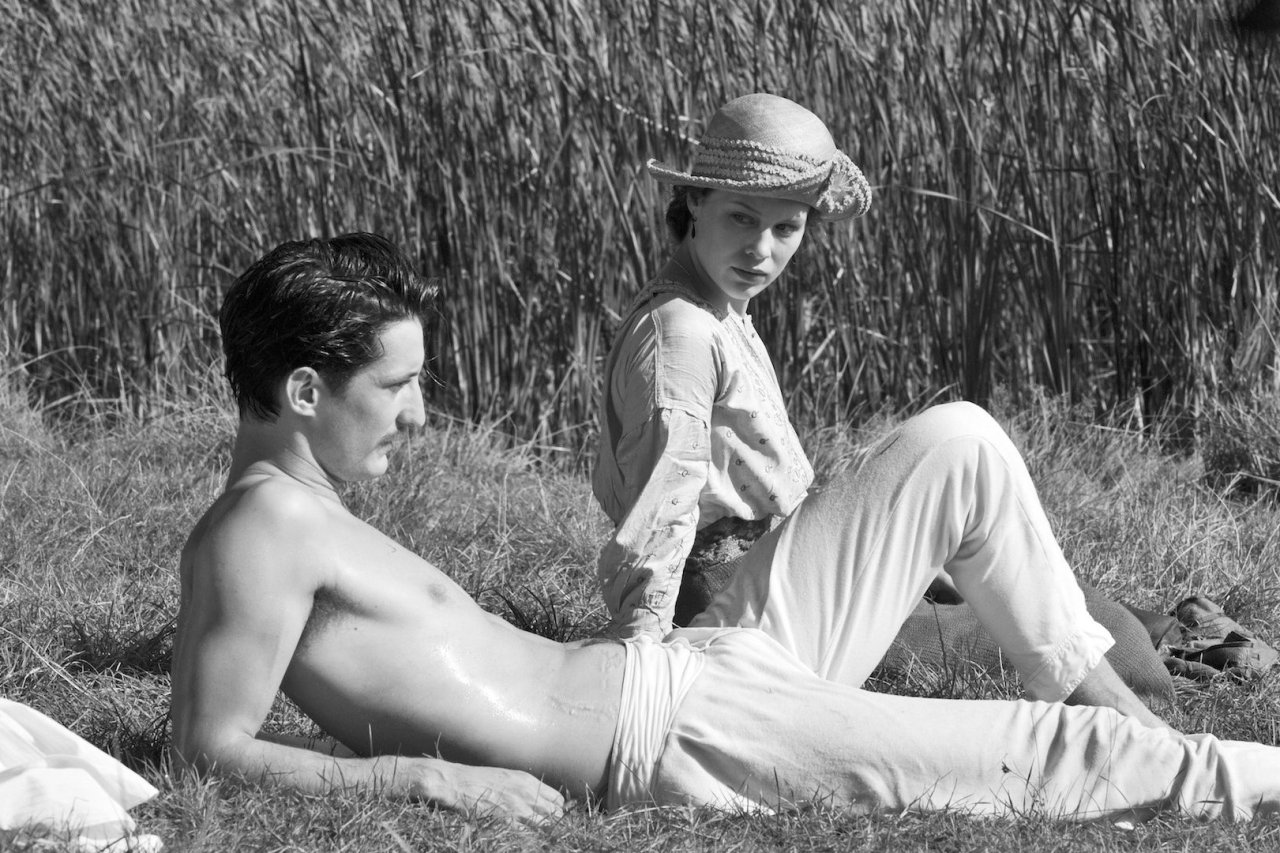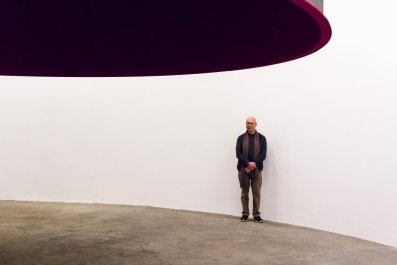The title of François Ozon's new film—his 16th in less than two decades—is heavier, more nuance-laden, than it first appears. In the past, Ozon's titles have been bluntly descriptive, even taxonomic, in their handling of a central figure (Young and Beautiful , from 2013) or figures (8 Women, Criminal Lovers, from 2002 and 1999). He has also shown flashes of mischief: his first film, Sitcom (1998), was about the horrors of family life; his last, The New Girlfriend (2014), concerned a cross-dressing man.
The title of Frantz is something else again, neither a piece of hand-holding nor an act of mild subversion, but a monosyllable with a gift for multitasking—and an index of the impacted richness that the film displays for roughly an hour.
This isn't quite one of those cases in which we never meet the character whose name blares from the billboards. Frantz Hoffmeister (Anton von Lucke) makes a number of appearances, in visions and flashbacks. But when the story begins, in the German town of Quedlinburg in 1919, the young man has been dead for more than a year, another victim of the fighting on the Western Front. In a film about the legacy of war—where the signifiers of absence, from gravestones to missing limbs, are everywhere apparent—it makes an awful kind of sense that the name forever on the characters' lips invokes a man who isn't there.
Also crucial is that Frantz's name comes freighted with the site of his killing, that sore-thumb t doing much to stress the parallel. But it's more than an unfortunate coincidence, a horrible aide-memoire. To Frantz's parents and fiancée, Anna (Paula Beer), everything about his death feels abstract, almost impersonal. His body hasn't been found. He was merely one victim among millions—and the guilty party is an entire nation. For many of the local Germans, being French remains a crime, and resurgent nationalism—on course to peak in 20 years' time—has displaced acceptance as one of the recognized stages of grief.
Ozon is a specialist in the labor-intensive overture— The New Girlfriend recounted a 25-year friendship in a six-minute montage—and Frantz opens with a ringing presentation of a character and a community. We watch as Anna buys a bunch of flowers, wanders through the joyless medieval streets, is wolf-whistled by a one-armed man and then turns into the cemetery. It's her life in a day—or it would have been. On arriving at Frantz's grave, she finds evidence of an earlier visit. She asks the groundskeeper if he's noticed anybody. From his pocket he removes a French coin.
The unknown mourner turns out to be a Frenchman, Adrien Rivoire (Pierre Niney). Refined, almost epicene, with knobby knees and visible veins, and a pencil moustache to match his pencil frame, Adrien tells stories of Frantz's halcyon days as a student in Paris before the war. Soon, he has become his dead friend's stand-in, filling the empty seat at the dinner table, playing Frantz's long-silent violin. Adrien's presence also coincides with scenes of ripe, almost unreal color, in a film that has previously been shot—by the cinematographer Pascal Marti—in stony monochrome. Surely there's a catch?
It's at this point that Frantz falters. In his recent work, Ozon has struggled to develop a scenario rather than just test its various permutations— The Refuge (2009) and The New Girlfriend were especially culpable—and here he has taken the odd choice of extending the story beyond its source material, Ernst Lubitsch's 1932 film Broken Lullaby. Lubitsch's screenwriters, working from a play by Maurice Rostand (which the new film doesn't credit), chose to end with the Adrien character absorbed into the dead man's family. In this version, written by Ozon with Philippe Piazzo, Adrien leaves, Anna heads to France, and the film mutates into a comparative study of two countries, their music, architecture, attitudes toward foreigners and styles of grieving. There's even a Frantz counterpart, François, with an Anna named Fanny.
But Anna's trip, for all that it expands Adrien's half of the story, and despite the wonderful, assertive stillness of Beer's performance, proves a frustrating detour, under-fed with drama and over-reliant on the supposed expressive power of a character wandering, traveling by train and car, looking around. Ozon wants to add another layer of perspective, to place Frantz's death in yet another context. Instead, the film's second half makes the first look strategic—a means to an end—serving less to countervail or complement than to cancel it out.
Worldwide releases continue to July 28; on-demand and DVD release July 10.


















